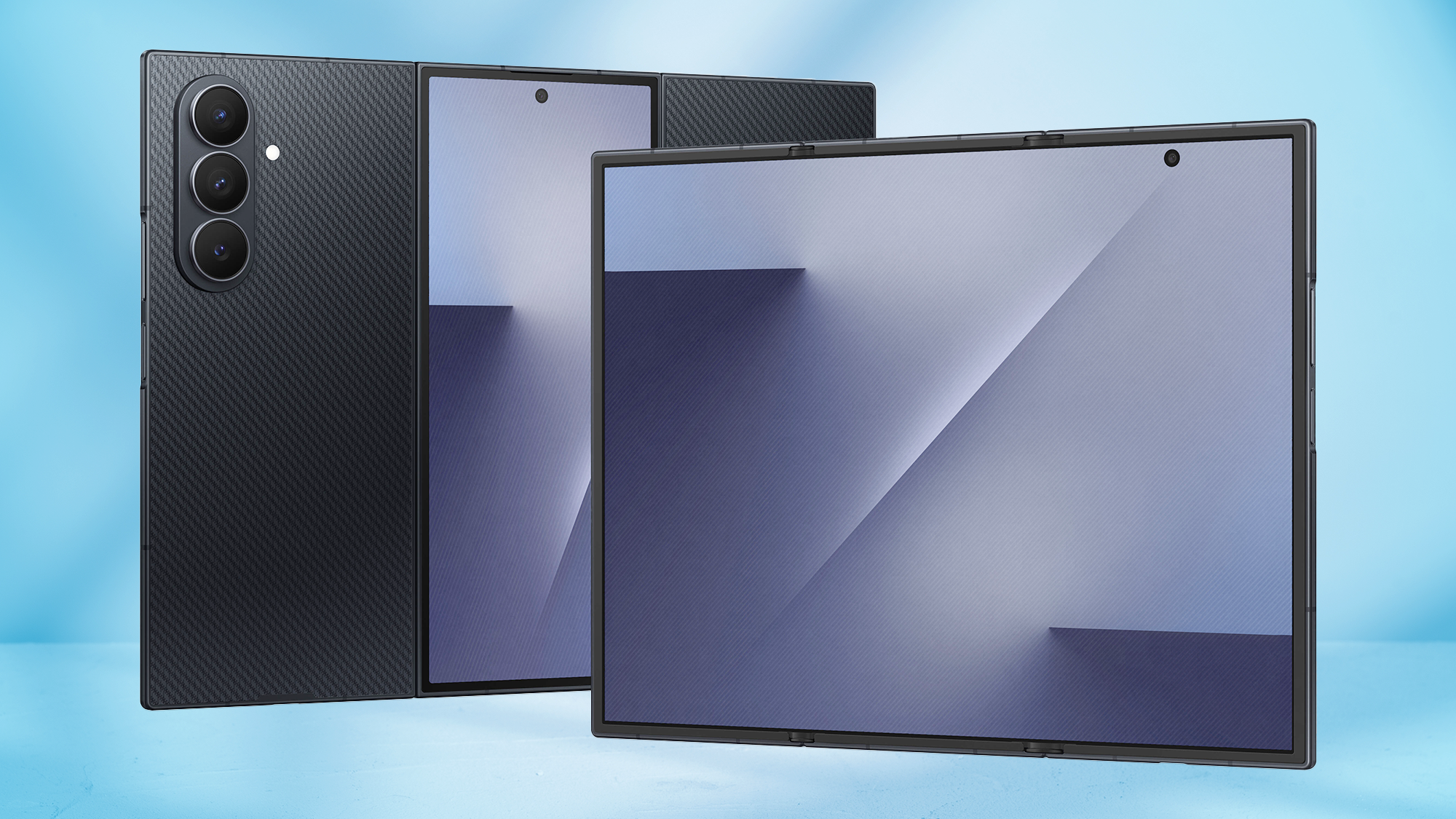This is the one reason why I'm still avoiding foldable phones — and it isn't the price
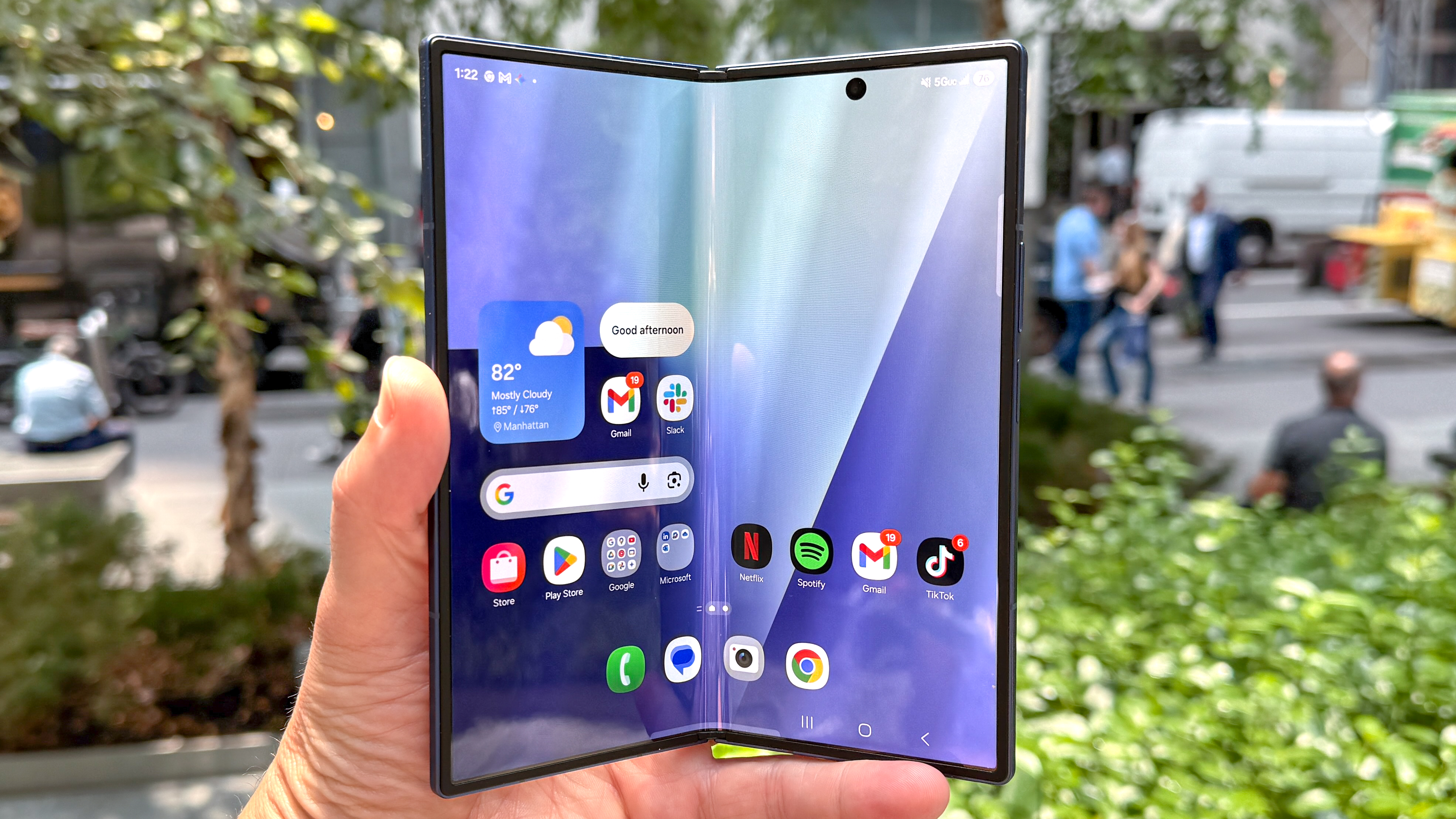
The best foldable phones are incredible pieces of technology. They're expensive, but the fact that we can go out and buy what is essentially a 2-in-1 phone/tablet hybrid is nothing short of remarkable. Nevertheless, phone makers have been dropping the ball in key areas, nerfing the foldables compared to their non-folding counterparts.
Astronomical price tags aside, this is the main reason why I've avoided considering a foldable phone. Because if I'm going to spend a fortune on a product that will essentially be replaced within a few years, then I want to get the best experience possible — especially where the battery is concerned.
Finally, some foldable phone improvements
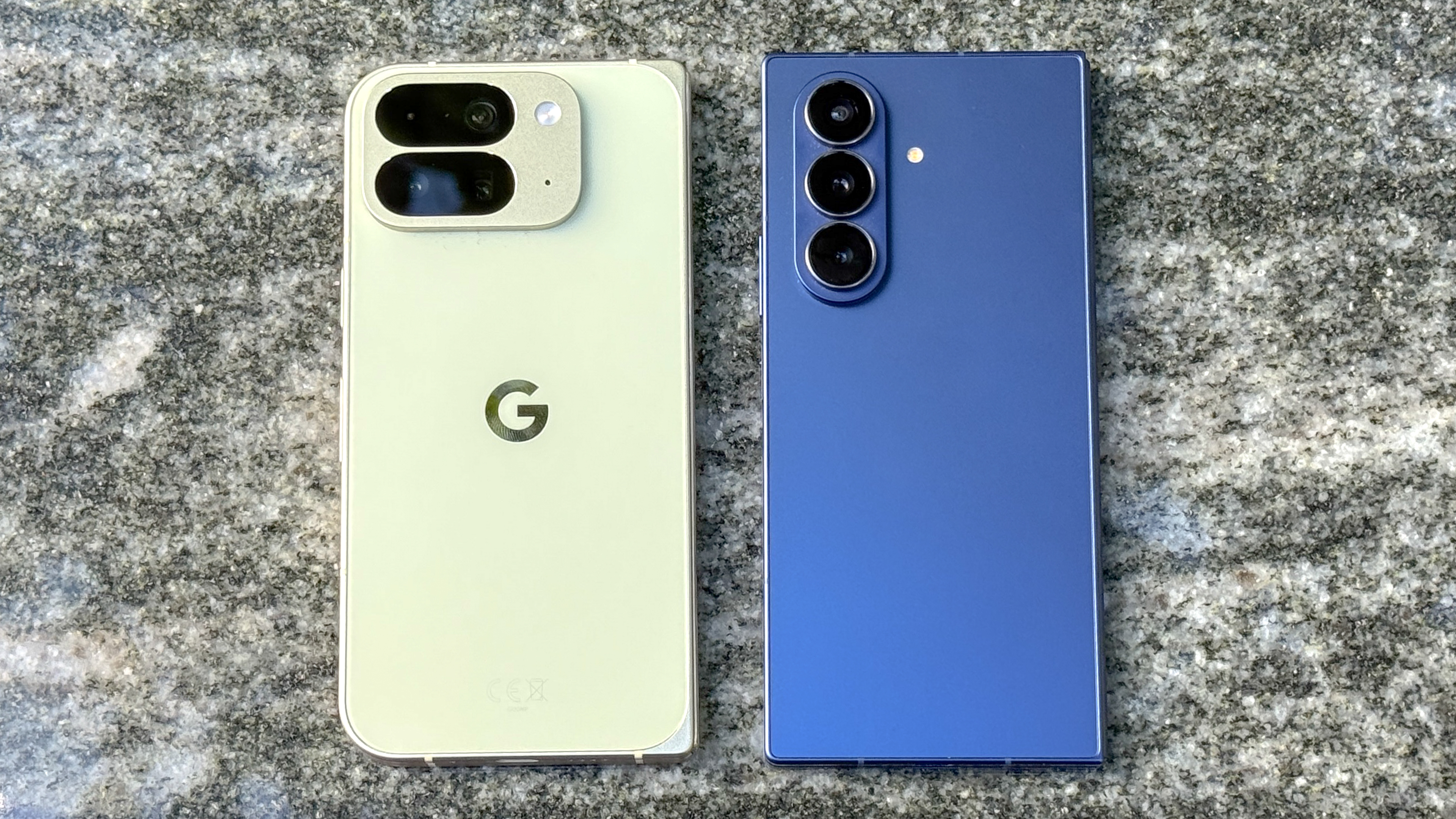
If you'd asked me a year ago, I'd have pointed to the weak cameras as one perfect example of why I wasn't really into foldables. I've spent far too long owning phones with mediocre camera quality, so I have made a point of sticking with one of the best camera phones — or something close to it.
But this year, phone makers stepped it up a notch with their foldable phones' image capture capabilities. The Samsung Galaxy Z Fold 7 now has the same 200MP main camera lens as the Galaxy S25 Ultra, while the Pixel 10 Pro Fold's seemingly mediocre-specced cameras have proven themselves to be anything but.
The same is true for flip phones foldables, as our Galaxy Z Flip 7 vs Galaxy Z Flip 6 photo shootout confirms without any semblance of doubt.
Combined with some of the other big advances in foldable phone design, such as improved durability, phone makers are on the right track. They're getting to the point where those devices don't come with extra compromises compared to their non-foldable counterparts.
Maybe next year they can work on improving the battery life as well?
Get instant access to breaking news, the hottest reviews, great deals and helpful tips.
Battery life should trump everything
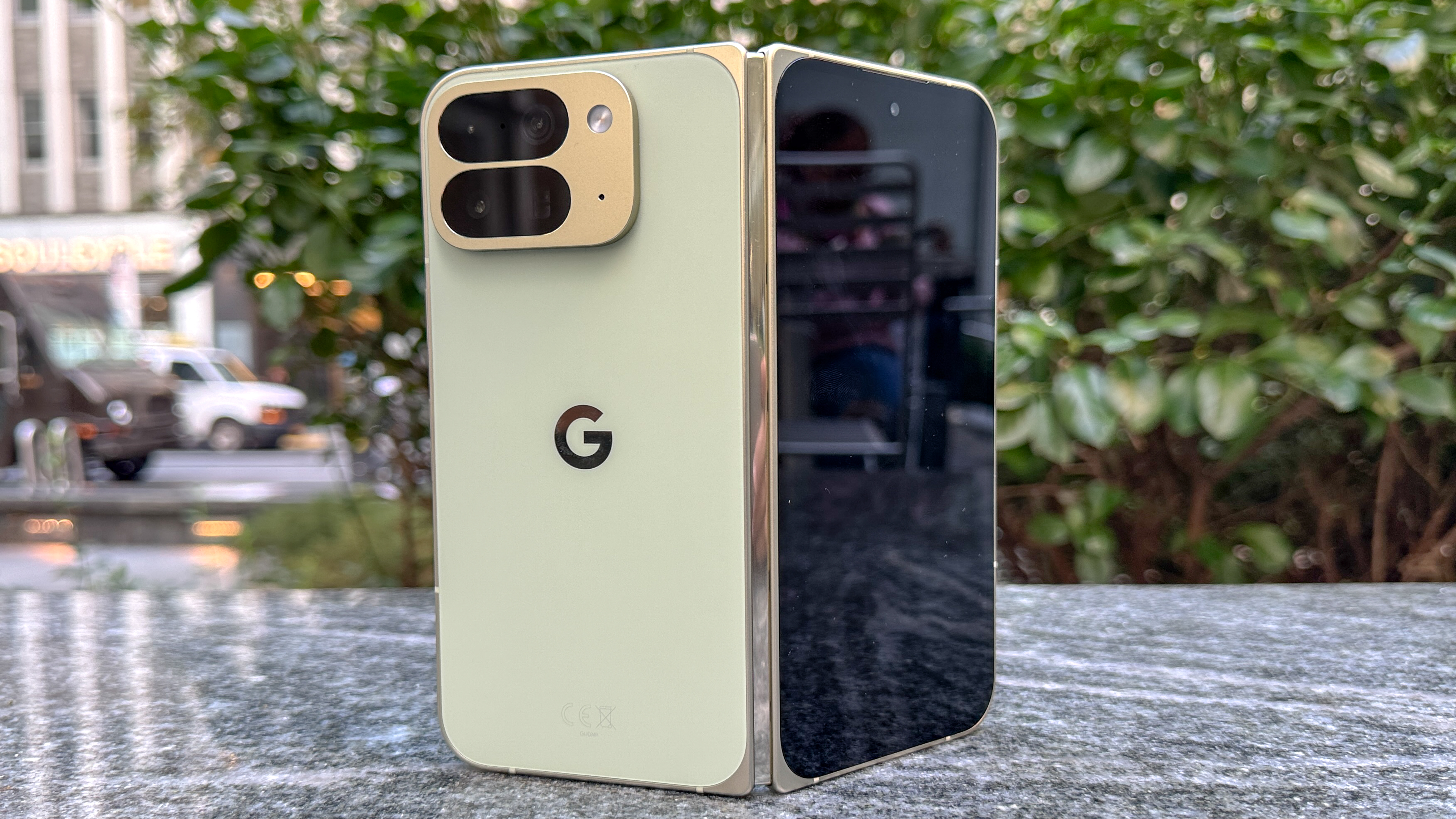
You can make a phone that's fantastic in every way, but if you ignore the battery life, then you're going to run into problems. Unfortunately, there are a lot of phones that compromise the battery in favor of a smart design — and foldable phones are often among them.
Take, for instance, the Galaxy Z Fold 7. After repeated runs on our battery test, Samsung's foldable averaged 10 hours and 44 minutes of continuous web surfing before it ran out of power. That's about average for a smartphone, though you'd expect more from a device with a 4,400 mAh battery.
To that point, the Galaxy S25, which has a smaller 4,000 mAh battery, was able to last 15 hours and 43 minutes. This is not a good look for Samsung's foldable.
Sure, the Z Fold 7 is a bigger device, and all that extra screen space is going to cause the battery to drain faster. But less than 11 hours of battery life is positively embarrassing for a 2025 phone that costs almost $2,000.
The Pixel 10 Pro Fold does slightly better at 12 hours 16 minutes, though that is still likely down to the fact that it has a larger 5,015 mAh battery. Its time also trails he Pixel 10 Pro, which lasted 13 hours and 43 minutes on a 4,870 mAh battery. And that's the smallest battery of the entire Pixel 10 lineup.
Battery life is the one thing phone makers should be prioritizing above all else. It doesn't matter how good your cameras are or what kind of AI features are on offer if the phone has died and none of your users can actually make use of it all.
Now to give credit where it's due, Motorola seems to have figured that out. Like the rest of its non-folding phones, the Motorola Razr Ultra has a superb battery life, clocking in at 15 hours and 42 minutes — landing it a place on our best phone battery life page. Even the standard Motorola Razr 2025 offers comparable battery life to non-folding phones, with a 13 hours and 36 minute result on our test.
Maybe it's a flip phone thing, considering the Z Flip 7 also lasted 12 hours 24 minutes. While not a record-setting result, it's a lot more respectable than the Flip's notebook-style sibling. So maybe foldable phone makers need to take some cues from their flip-phone foldables and figure out what can be done to improve that battery life across the board.
Lack of stylus support poses a problem
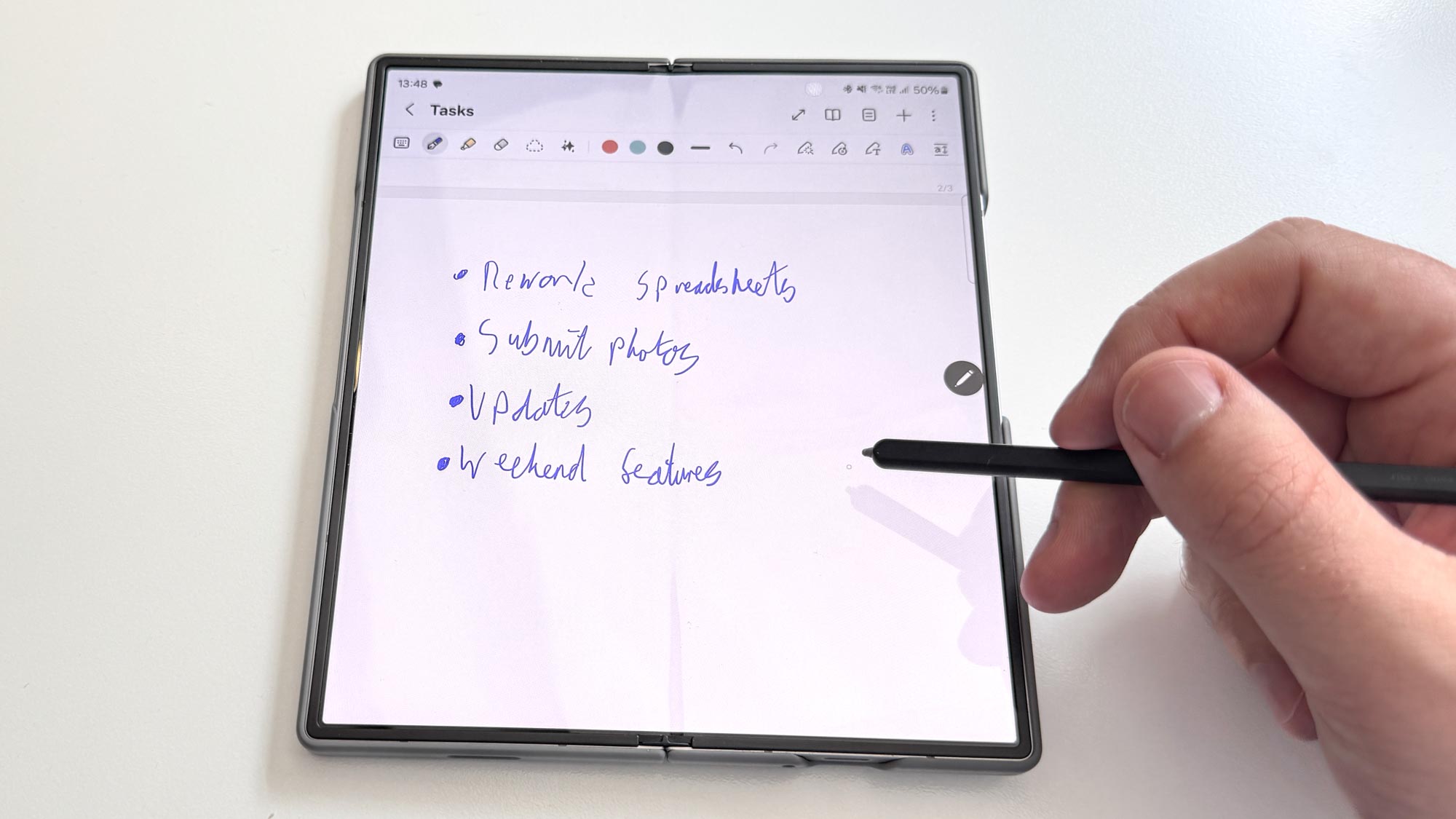
A while back, I argued that the iPhone Fold should see Apple give up one of Steve Jobs' main rules for the iPhone — that Apple's phones don't need a stylus. Of course, Steve Jobs probably never anticipated the idea of a foldable phone or tablet, and the possibility that the stylus could be beneficial, especially when used in conjunction with a touchscreen.
Of course, this year Samsung pulled S Pen support from the Galaxy Z Fold 7, leaving it stylus-free for the first time since the Z Fold 3. And the Pixel Fold lineup? Well, they never supported any kind of stylus to begin with.
And that's a mistake, in my opinion. The larger foldable phones are essentially just a tablet masquerading as a smartphone, and there are plenty of benefits to having a good, powered stylus on a tablet: handwritten notes and annotations, drawing, finer control than your fingers can offer, and more. Not having those on offer means your standard book-style foldable is not going to be able to reach its true potential.
Is it a dealbreaker? Probably not, but it would certainly make me pause to reconsider my options.
Bottom line
Foldable phones have come a long way since their inception, and the difference between this year's models and last year's reveals just how much they've improved in a short amount of time. But there are still further improvements to be made, and at the moment, for me, it largely comes down to the battery life.
If you're going to charge more for a folding phone than you would for a convention design, then you need to make that price tag worthwhile. There shouldn't be a single bit of hardware or performance that's worse than what you'd get on a non-folding phone. And until that happens, foldable phones will remain a hard pass from me. Phones are expensive enough without compromising what makes them useful, after all.
More from Tom's Guide
- OnePlus might try to sledgehammer a hole through Apple's walled garden by supporting Apple Watch — and that's not all
- iPhone Fold could launch later than expected — here's why
- Samsung’s triple-folding phone could be my display-loving dream, but it all hinges on one key feature

Tom is the Tom's Guide's UK Phones Editor, tackling the latest smartphone news and vocally expressing his opinions about upcoming features or changes. It's long way from his days as editor of Gizmodo UK, when pretty much everything was on the table. He’s usually found trying to squeeze another giant Lego set onto the shelf, draining very large cups of coffee, or complaining about how terrible his Smart TV is.
You must confirm your public display name before commenting
Please logout and then login again, you will then be prompted to enter your display name.
